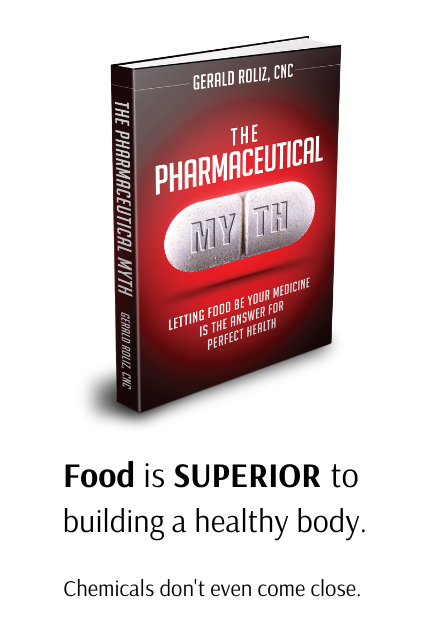What is Radon?
Radon is a colorless, odorless, and invisible gas that rises up from the soil and can enter homes. Long-term exposure to high radon levels can increase the risk of developing lung cancer.
Radon comes from the breakdown of uranium in soils and rocks. Radon enters homes through small cracks in floors or walls, construction joints, or gaps in foundations around pipes, wires, or pumps.
There are many areas throughout Idaho that have high levels of radon; about 2 out of 5 homes that have been tested in the state have levels above 4.0 pCi/L
Where does Radon come from?
Radon escapes easily from the ground into the air, where it decays and produces further radioactive particles. As we breathe, the particles are deposited on the cells lining the airways, where they can damage DNA and potentially cause lung cancer. Radon is the most important cause of lung cancer after smoking. It is estimated that radon causes between 3–14% of all lung cancers in a country, depending on the average radon level and the smoking prevalence in a country. Radon is much more likely to cause lung cancer in people who smoke. In fact, smokers are estimated to be 25 times more at risk from radon than non-smokers.
Radon enters homes through cracks in the floors or at floor-wall junctions, gaps around pipes or cables, small pores in hollow-block walls, or sumps or drains. Radon levels are usually higher in basements, cellars or living spaces in contact with soil. Radon concentrations vary between adjacent homes, and can vary within a home from day today and from hour to hour. Residential radon levels can be measured in an inexpensive and simple manner.
Radon levels in existing homes can be reduced by increasing under-floor ventilation; installing a radon sump system in the basement or under a solid floor; avoiding the passage of radon from the basement into living rooms; sealing floors and walls; and improving the ventilation of the house.
Passive systems of mitigation have been shown to be capable of reducing indoor radon levels by more than 50%. When radon ventilation fans are added radon levels can even be reduced further.
In many countries, drinking water is obtained from groundwater sources such as springs, wells and boreholes. These sources of water normally have higher concentrations of radon than surface water from reservoirs, rivers or lakes. EPA estimates that about 21,000 lung cancer deaths each year in the U.S. are radon-related. Exposure to radon is the second leading cause of lung cancer after smoking. [1],[2]
Radon concerns?
Radon concerns the international scientific community from the early twentieth century, initially as radium emanation and nearly the second half of the century as a significant hazard to human health. The initial brilliant period of its use as medicine was followed by a period of intense concern for its health effects. Miners in Europe and later in the U.S were the primary target groups surveyed. Nowadays, there is a concrete evidence that radon and its progeny can cause lung cancer. In recent years, considerable attention has been paid to radon, which is a natural, colorless, odorless, and tasteless radioactive noble gas.
The significant U.S Iowa study showed, in addition, high lung cancer mortality among women that were exposed to high residential radon levels. Today (2014), radon is considered as the second cause of lung cancer in the general population, after smoking . According to World Health Organization, epidemiological studies have provided convincing evidence of an association between indoor radon exposure and lung cancer, even at the relatively low radon levels commonly found in residential buildings.
There is clear evidence that radon is a lung carcinogenic compound in the general population at concentrations found in ordinary homes. It was found that there was no evidence for the proportionality between increases in risk per unit increase in radon concentration varied with the age, sex, or smoking habits of the study subjects more than would be expected by chance.[1]
Low levels of radon can be found in drinking water; however, radon released during water usage adds small quantities to indoor radon concentration. Studies showed that the risk of stomach cancer and other gastrointestinal malignancies from radon in drinking water is small. Studies of the genetic and cytogenetic effects of indoor radon yielded equivocal results; while radon exposure in miners induces gene mutations and chromosomal aberrations. Numerous in vitro cytogenetic studies demonstrated that radon induces different types of genetic and cytogenetic damage that is likely to play a role in radon lung carcinogenesis.[2]
Radon & Health Concerns
The evidence for radon-related increases in mortality from cancers other than lung cancer has been examined in the same studies of radon-exposed miners that were included in the BEIR VI analyses, and no strong evidence was found that radon was causing cancers other than lung cancer. However, further investigations are focusing on this issue. For example, a recent case-cohort study evaluating the incidence of leukemia, lymphoma, and multiple myeloma in Czech uranium miners found a positive association between radon exposure and leukemia, including chronic lymphocytic leukemia.[1]
Radon -222, a noble gas resulting from the decay of naturally occurring uranium-238, was the first occupational respiratory carcinogen to be identified. As early as the 1500s, Agricola chronicled unusually high mortality from respiratory disease among underground metal miners in the Erz Mountains of eastern Europe. The evidence on radon and lung-cancer is now extensive.[2]
Although a statistically significant increase in mortality due to kidney disease, characterized by chronic nephritis and renal sclerosis, was reported among U.S. uranium miners (Waxweiler et al. 1981) and in Canadian miners at the Eldorado mines (Muller et al. 1985), this finding is not generally considered to be related to radon exposure per se.
Abdelkawi et al. (2008) reported significantly increased refractory index, decreased protein concentration, and increased protein molecular weight after 6 weeks of exposure in the lens and cornea of mice exposed to radon at a mean concentration of 55.8 kBq/m3 (attached fraction of 0.62) for 6 hours/day, 5 days/week for up to 8 weeks.[3]



